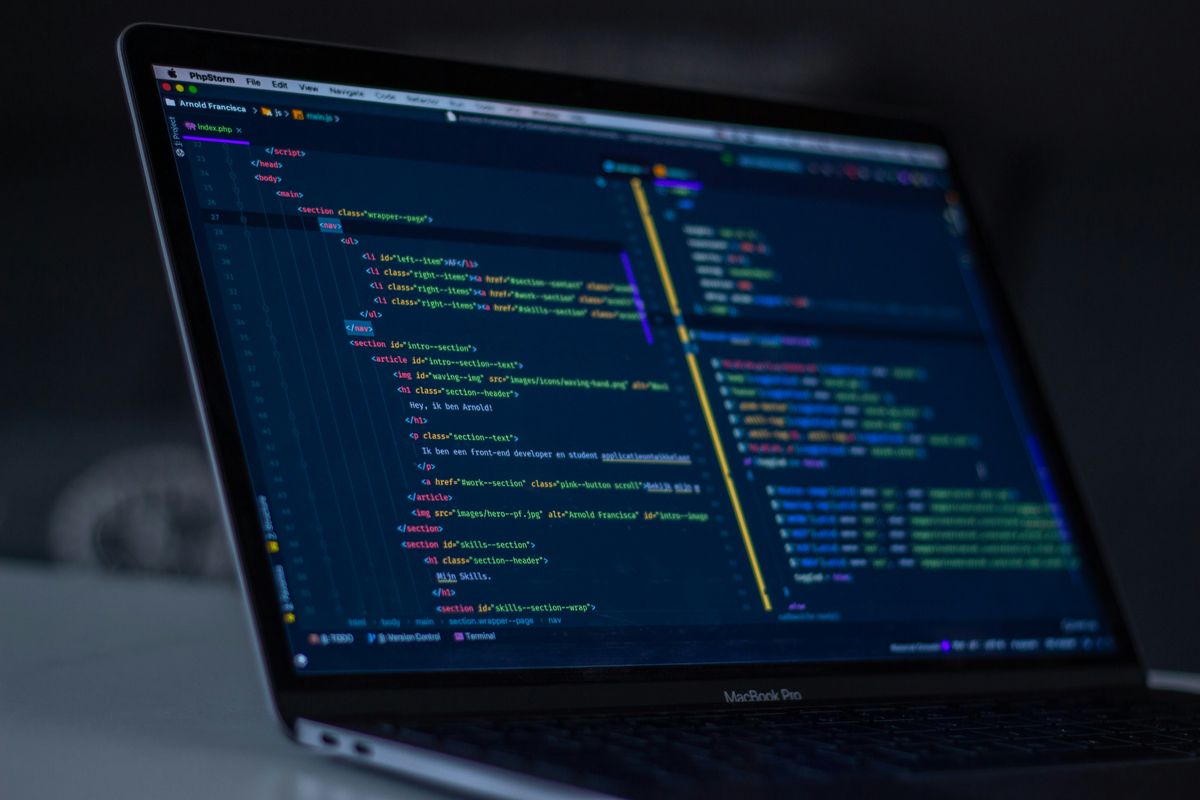The Art of Aesthetic Code: Writing Beautiful Code with AI
2025-03-30

There's something deeply satisfying about well-crafted code. Beyond mere functionality, code can possess an elegance, a rhythm, and a visual appeal that sparks joy in those who create and maintain it. This is what we call "aesthetic code" – code that is a pleasure to read, understand, and modify.
With the rise of AI coding assistants, we now have powerful tools that can help us craft more beautiful code. Let's explore how to leverage these AI partners to create code that maintains immaculate vibes.
What Makes Code Aesthetic?
Before diving into AI assistance, let's consider what makes code visually and intellectually pleasing:
- Consistency: Uniform patterns in naming, spacing, and structure
- Clarity: Self-explanatory code that tells a story
- Conciseness: Expressing ideas efficiently without verbosity
- Thoughtful organization: Logical grouping and sequencing of elements
- Elegant solutions: Approaching problems in clever, yet understandable ways
Using AI to Craft Beautiful Code
1. Consistent Formatting and Style
AI assistants excel at maintaining consistent style. They can follow established patterns in your codebase and apply them to new code.
# Inconsistent naming in your codebase:
get_user_data()
fetchUserPreferences()
retrieve_user_settings()
# Ask AI to refactor with consistent naming:
get_user_data()
get_user_preferences()
get_user_settings()2. Refactoring for Clarity
AI can suggest refactorings that improve readability without changing functionality.
// Before: Complex nested conditions
function checkAccess(user) {
if (user) {
if (user.roles) {
if (user.roles.includes('admin') || user.roles.includes('editor')) {
return true;
}
}
}
return false;
}
// After AI refactoring: Clear and flat
function checkAccess(user) {
if (!user || !user.roles) return false;
return user.roles.includes('admin') || user.roles.includes('editor');
}3. Generating Elegant Solutions
When faced with a problem, describe it to your AI assistant and ask for multiple approaches. This can introduce you to patterns and techniques that lead to more elegant solutions.
4. Creating Meaningful Documentation
Beautiful code tells a story, and good documentation is part of that narrative. AI can help generate clear, concise comments and documentation.
// Ask AI to document this function:
function throttle(func, limit) {
let inThrottle;
return function() {
const args = arguments;
const context = this;
if (!inThrottle) {
func.apply(context, args);
inThrottle = true;
setTimeout(() => inThrottle = false, limit);
}
};
}
// AI generates meaningful documentation:
/**
* Creates a throttled function that only invokes the provided function
* at most once per specified time period.
*
* @param {Function} func - The function to throttle
* @param {number} limit - The time limit in milliseconds
* @returns {Function} The throttled function
*/
function throttle(func, limit) {
// ...same implementation...
}5. Pattern Recognition and Consistency
AI can identify patterns in your codebase and suggest consistent approaches to similar problems, enhancing the overall aesthetic cohesion of your project.
The Aesthetic Workflow with AI
To maximize the aesthetic benefits of AI assistance:
- Start with clear intent: Clearly communicate what you're trying to achieve
- Request alternatives: Ask for multiple ways to solve a problem
- Refine iteratively: Work with the AI to improve the initial suggestions
- Learn the patterns: Pay attention to the aesthetic choices the AI makes
- Customize to your taste: Guide the AI toward your preferred style
Beyond Functionality: Code as Creative Expression
With AI handling many of the technical aspects of coding, we can focus more on code as a form of creative expression. Like a well-designed garden or a carefully crafted piece of furniture, our code can reflect our personal aesthetic sensibilities while still fulfilling its functional purpose.
Conclusion
The partnership between human creativity and AI assistance offers exciting possibilities for writing more beautiful code. By leveraging AI's pattern recognition and suggestion capabilities, we can create codebases that aren't just functional but are a joy to work with.
Remember that true aesthetic code reflects human values and intentions. Use AI as a tool to enhance your creative expression, not to replace it. With this mindset, you can maintain immaculate vibes throughout your codebase, creating software that's as beautiful as it is useful.
Enjoyed this article?
Subscribe to get notified when we publish more content like this.